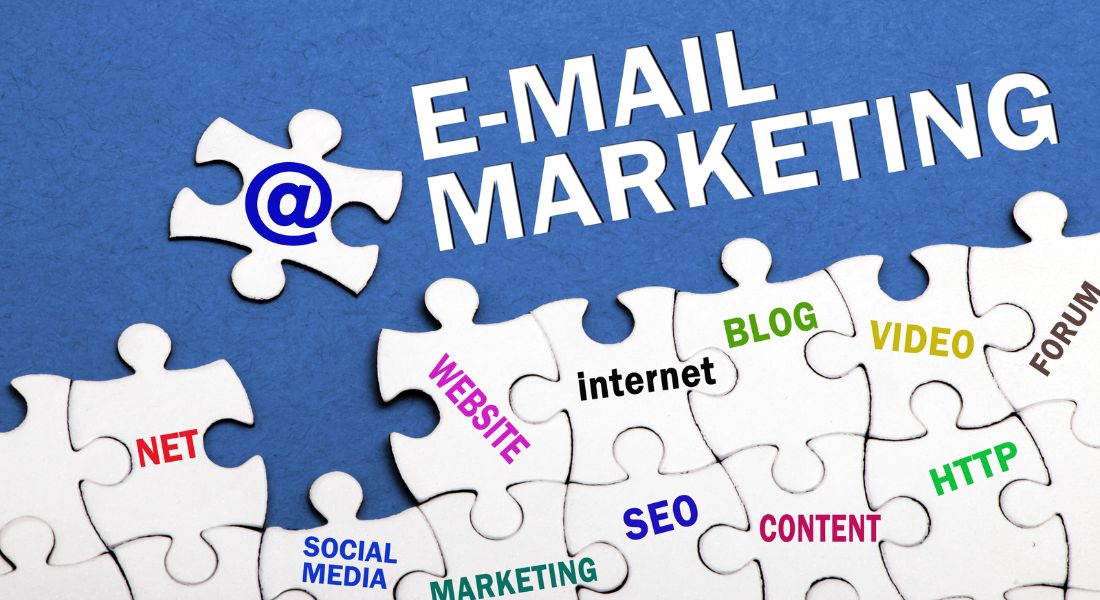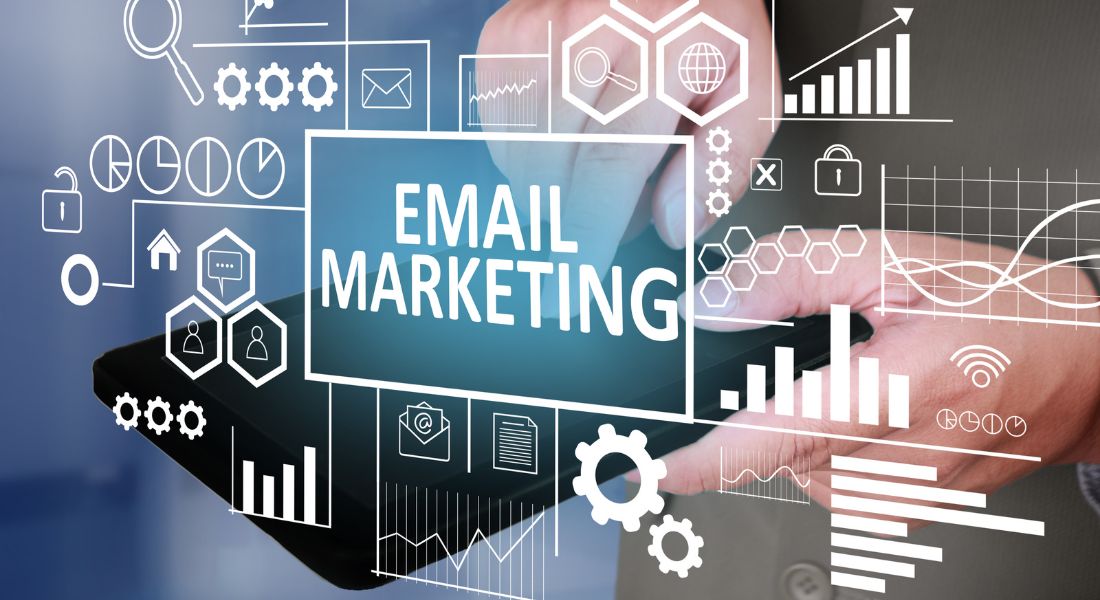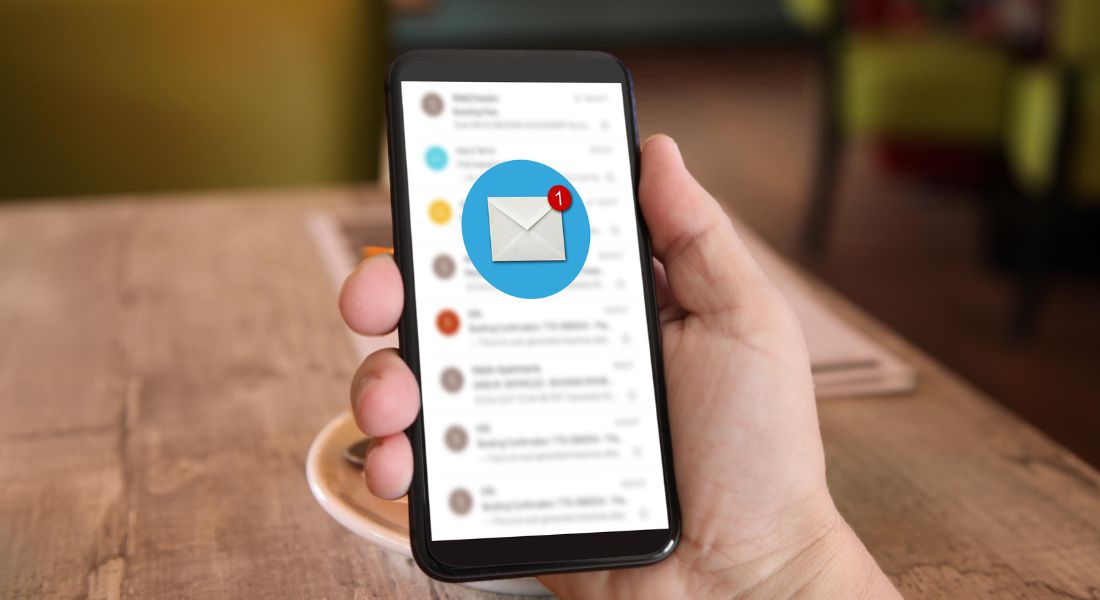Imagine launching a rocket without any planned course – it’s destined to fail. Similarly, when it comes to email marketing, navigating without a plan can lead you astray and leave you lost in a sea of competition. What if we told you there’s a roadmap that will not only help you find your way but also catapult your business towards success? We present to you “The Ultimate Guide to Creating an Email Marketing Plan Template” – your GPS to the world of thriving email campaigns! Say goodbye to aimless drifting and embrace the journey towards skyrocketing ROI and subscriber engagement like never before! Are you ready for the adventure?
An effective email marketing plan template should include your target audience, marketing goals, content strategy, email frequency, list building tactics, and metrics for success. By following this framework, you can create a comprehensive plan to execute effective email campaigns that resonate with your audience and drive results.
Post Contents
ToggleUnderstanding Email Marketing Plan Templates
When it comes to email marketing, many businesses miss out on its true potential due to a lack of planning and preparation. Creating an email marketing plan template is an essential step that enables you to strategize and execute an effective email campaign. Simply put, an email marketing plan template outlines the purpose, goals, audience, message, and execution of your email campaigns systematically.
To better understand how efficient templates can be, let’s take the analogy of a road trip. Before hitting the road, you need to have a clear plan outlining where you are going, how long you will be driving for and the stops you will make along the way. In much the same way creating an email marketing plan is like planning a road trip – both require clear objectives if they’re going to be successful.
An email marketing plan template serves as a blueprint that helps you focus on your target audience, develop relevant messaging, and measure success with key performance indicators. By having a systematic approach to your email marketing campaigns, businesses can save time and money by being more efficient in their efforts while producing a higher ROI (Return on Investment).
Some may argue that creating templates for email campaigns may lead to redundancy or restrict creative freedom. However, templates are meant to provide structure to guide your efforts rather than inhibit creativity. Taking inspiration from previous campaigns or industry best practices help create fresh templates while still providing coherence.
With this understanding of why creating templates is vital to conducting amazing promotional emails now I know several reasons why it’s significant.
Importance and Benefits
Now that we know what an email marketing plan template is all about, let’s dive into its importance and benefits.
Think of having a properly designed email campaign strategy as having a map for treasure hunting. With focus on setting SMART objectives (specific, measurable, achievable, relevant, and time-bound), you’ll have a clear understanding of what needs to be done to achieve these objectives, allowing for higher chances of success. These SMART objectives encourage your team to target the right audience with a message tailored specifically to them.
Another benefit of email marketing plan templates is that they help identify potential risks or hitches before you engage in any campaign initiatives, allowing you and your team to troubleshoot beforehand and avoiding costly mistakes. Predicting these potential drawbacks ahead of time keeps communication between internal teams transparent and helps eliminate any unexpected surprises.
Some marketers believe that planning a template requires too much time and resources which ultimately inhibits their ability to be flexible. However, developing efficient templates allows for more flexibility in the long term because you can devote more resources to actual execution instead of ad-hoc planning.
With this knowledge about the importance and benefits of creating an email marketing plan template, it is vital we move on to identifying its key components so that we may execute successful email campaigns every time.

Key Components of an Email Marketing Plan Template
When it comes to crafting an effective email marketing plan template, there are certain key components that must be present. First and foremost, you’ll need to have a clear set of goals and measurable objectives in place. This will help ensure that your campaigns are focused and targeted, with specific outcomes in mind.
Another important component is the design and execution of your campaigns. This includes everything from choosing the right imagery and messaging to segmenting your audience and creating personalised content. By putting thought and effort into these elements, you can increase the effectiveness of your campaigns and see better engagement from your readers.
Automation and personalization are also key components of a successful email marketing plan template. By using automation tools, you can save time and streamline your campaigns while still delivering relevant content to your subscribers. Personalization, meanwhile, allows you to tailor your messaging and offerings to individual subscribers based on factors like past purchases or demographic data.
For instance, say you’re a beauty brand launching a new line of skincare products. You might use personalization tactics to recommend products based on a subscriber’s unique skin type or concerns. This not only increases the likelihood that they’ll make a purchase but also shows them that you value their individual needs and preferences.
Lastly, measuring and analysing results is crucial for refining your email marketing strategy over time. By tracking metrics like open rates, click-through rates, and conversion rates, you can identify areas where you may need to adjust your approach or try something different. This ongoing optimisation is what allows businesses to achieve long-term success with their email marketing efforts.
Now that we’ve covered some of the key components of an effective email marketing plan template, let’s take a closer look at one of the most critical aspects: setting goals and measuring your progress towards them.
- According to a 2020 study conducted by the Content Marketing Institute, 81% of B2B marketers utilise email newsletters as part of their content marketing strategy, demonstrating the importance of having a solid email marketing plan template in place.
- A 2021 survey by Litmus reveals that 79% of marketers said they will prioritise improving their use of personalization in their email marketing campaigns, indicating the significance of incorporating personalization elements into an email marketing plan template.
- Research by GetResponse (2020) reports that segmented emails result in an average open rate increase of 14.31% and a click-through rate increase of 100.95%, stressing the value of including segmentation strategies within an email marketing plan template.
Goals and Measurements
Before you even begin crafting individual campaigns or messages, it’s important to have a clear idea of what you want to achieve with your email marketing efforts. This might include goals like driving more traffic to your website, generating new leads, increasing sales from existing customers, or elevating brand awareness.
Once you’ve identified these goals, you’ll need to create specific objectives that allow you to measure your progress over time. This might involve setting targets for metrics like open rates, click-through rates, conversion rates, and overall revenue generated. By establishing specific benchmarks for success, you can stay focused on what matters most and continually adjust your tactics as needed.
For instance, let’s say that your goal is to drive more traffic to your website via email campaigns. To measure progress toward this objective, you might track metrics like click-through rates on links within emails or the number of unique visitors to your website who arrived via email referral sources. By reviewing this data regularly, you can get a sense of how effective your campaigns are at driving traffic and make adjustments accordingly.
It’s also worth noting that goals and objectives should be both realistic and ambitious. While it’s important to set benchmarks that are achievable based on your current level of resources and capabilities, you also don’t want to limit yourself unnecessarily. By aiming high and constantly striving for improvement, you can keep your team motivated and focused on delivering their best work.
However, it’s worth pointing out that not all goals are created equal. While certain metrics like open rates and click-through rates can provide valuable insights into subscriber engagement and campaign performance, they may not always align perfectly with broader business objectives.
For example, let’s say that you’re running an e-commerce store and your primary goal is to increase revenue from email campaigns. While click-through rates may be important for driving traffic to product pages, they don’t directly impact overall revenue unless those clicks convert into sales. As such, it’s important to balance out metrics that are valuable for tracking engagement with those that are more directly tied to tangible business outcomes.
Think of it like driving a car. While speed (like click-through rates) is an important factor in getting from point A to point B, it doesn’t matter much if you don’t know where you’re going or how to get there. Similarly, while open rates and other engagement metrics are useful markers of campaign success, they need to be weighted against broader business goals in order to be truly meaningful.
With a clear understanding of what goes into a successful email marketing plan template and how to set achievable yet ambitious goals, you’ll be well on your way to developing campaigns that drive real results. In the next section, we’ll explore how design and campaign execution can make all the difference when it comes to reader engagement and conversions.

Design and Campaign Execution
Email marketing is a unique medium that requires a well-crafted approach when it comes to design and execution. The design elements of your emails are critical in the creation of brand awareness and overall impact on your customers. As for execution, you need to ensure that your email campaigns are executed consistently, professionally, and with the right timing to optimise their impact on your audience.
For instance, imagine receiving an email from an online store selling toys that is poorly designed and difficult to navigate. The likelihood is that you would not give serious consideration to purchasing any items from this store. On the other hand, if you receive an email campaign from the same toy store with engaging content, high-quality graphics, and easy navigation, then your opinion potentially shifts in favour of the business.
The first step in designing successful email campaigns involves defining clear goals and objectives. Your campaign must align with these goals throughout the designing process to enhance its effectiveness. You need to create a specific call-to-action for each campaign and make sure it is included prominently within the email.
Another essential element of email campaign design is personalization. Adding personal attributes based on customer data to your emails can significantly improve engagement rates and conversion rates by making them more relevant.
One thing you must keep in mind while creating an email campaign is compatibility across all devices (mobiles, desktops, laptops). While many recipients may open your emails on their desktop or laptop computers, mobile devices are quickly becoming a favourite for reading emails.
So both designs should always be considered when sending a campaign so that users don’t miss out on any critical messages simply because they were unable to read them on their particular device.
Think about it like this – if someone cannot view one of your emails correctly due to poor formatting or visibility issues; the message they receive is that your organisation isn’t proficient in digital communications. This can make them question the overall quality of your product or service.
Now that we’ve considered what it takes to design effective email campaigns, let’s take a look at some essential methods for acquiring and managing contact lists efficiently.
- Email marketing is a crucial tool for creating brand awareness, engaging customers, and optimising conversion rates. To achieve these goals, email campaigns must be well-designed with high-quality graphics and easy navigation to enhance their impact on the audience. Personalization based on customer data can significantly improve engagement rates, and compatibility across all devices is critical to prevent recipients from missing important messages. Defining clear goals and objectives for each campaign is essential, along with creating a specific call-to-action. By following these guidelines, businesses can design and execute effective email marketing campaigns for acquiring and managing contact lists efficiently.

Effective Contact List Management
Building and maintaining an effective contact list is the backbone of email marketing. When it comes to using email as a tool for marketing, personalization is everything. You need to be able to target your audience effectively, adapt your messages to each contact on your list, interact with subscribers on an individual level, and segment your lists appropriately.
Take this example – suppose you own an online furniture store and are running a sale on chairs. By knowing which customers have purchased chairs from you before, you can send them details about the sale while avoiding spamming others on your list who may not be interested. Personalising emails in such a way improves customer experience while also increasing sales.
To grow and nurture an email contact list requires building trust with subscribers by providing valuable content through email marketing. To achieve this, use expected signup forms throughout any touchpoints in which customers engage with the brand, e.g., social media or website pop-ups.
Also, be sure to observe rules set forth by legal institutions that regulate the handling of data so that you always maintain compliant records for all contacts in compliance with GDPR regulations.
Another critical aspect of successful email marketing is being mindful of your customer’s preferences and behaviours. By constantly tweaking messaging based on interaction feedback, user preferences and behaviour present endless opportunities to improve engagement rates.
Think of it as shopping at a luxury fashion boutique: the staff offers tailored recommendations based on what they know of you while still presenting new options relevant to your style preferences.
Now that we’ve covered the essential elements of designing an email campaign and managing contact lists effectively, it’s important to talk about how to measure and analyse the results.
Automation and Personalization
When it comes to email marketing, automation and personalization are two of the most important components of a successful campaign. Automation allows you to make sure that your emails are sent at the optimal time, while personalization enables you to connect with your subscribers on a more individualised level. Let’s take a closer look at how these two elements can enhance your email marketing efforts.
Imagine you run an e-commerce store, and a customer abandons their shopping cart before completing their purchase. With automation, you can set up an email sequence that sends a reminder to this customer after a set period of time, enticing them back to finish their purchase. This type of personalised message is much more likely to result in a sale than a general promotional email blast.
Research shows that businesses that personalise their emails experience higher open rates and click-through rates than those who do not. In fact, according to Campaign Monitor, marketers who used segmented campaigns noted as much as a 760% increase in revenue!
Some business owners may argue that sending personalised emails takes too much time and effort. However, with the right tools and strategies in place, personalization can actually be automated to save time and resources.
Now that we’ve explored the benefits of automation and personalization let’s dive deeper into measuring and analysing results.

Measuring and Analysing Results
In order to determine the success of your email marketing campaigns, it’s crucial to measure and analyse your results. Doing so will provide insight into what worked and didn’t work in your previous campaigns, allowing you to optimise future campaigns for even better results.
One way to measure the success of your email marketing is through tracking key performance indicators (KPIs) such as open rate, click-through rate, conversion rate, and unsubscribe rate. By monitoring these metrics, you can gain a better understanding of how your audience is interacting with your emails and make data-driven decisions.
According to HubSpot research, businesses that track their email marketing KPIs are more likely to achieve their marketing goals than those who don’t. In fact, businesses that take the time to analyse their KPIs generate 18 times more revenue than those who do not.
Some marketers may argue that certain KPIs are more important than others, depending on the specific campaign goals. While this is true to some extent, it’s crucial to keep in mind that all KPIs work together to provide an overall snapshot of your email marketing performance.
Think of it like a puzzle – each piece represents a different KPI, and when put together they form a complete picture of your campaign’s success.
By incorporating automation and personalization into your email marketing plan template, as well as regularly measuring and analysing your KPIs, you’ll be well on your way to creating effective campaigns that drive results for your business.





